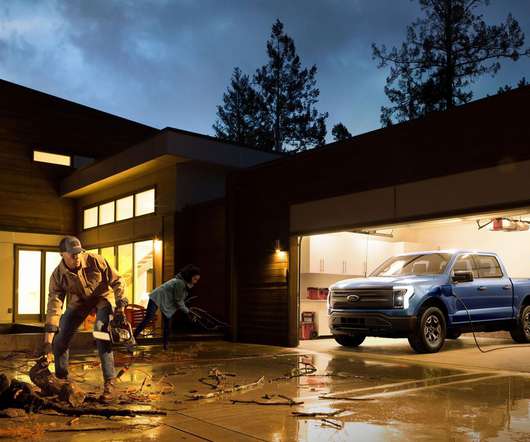Ford, Volkswagen, and GM Explore EV-Powered Houses
Cars That Think
MARCH 18, 2022
The general principle for bidirectional charging is EVs can either feed power from a charged vehicle back into the house (vehicle-to-home or V2H) or interact with the electric grid itself (vehicle-to-grid or V2G). In case of power outage at home, the DC pins in the charger can send juice back into the house, keeping the lights on.











Let's personalize your content